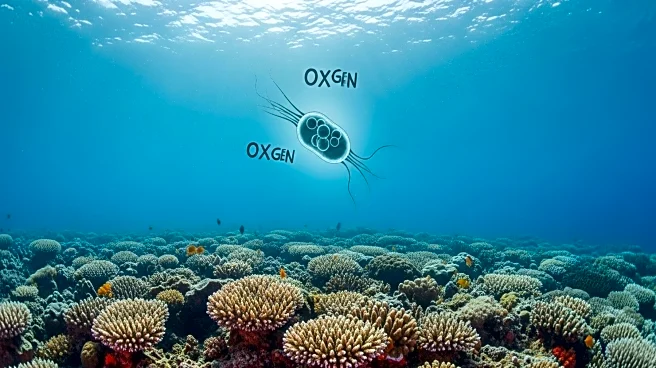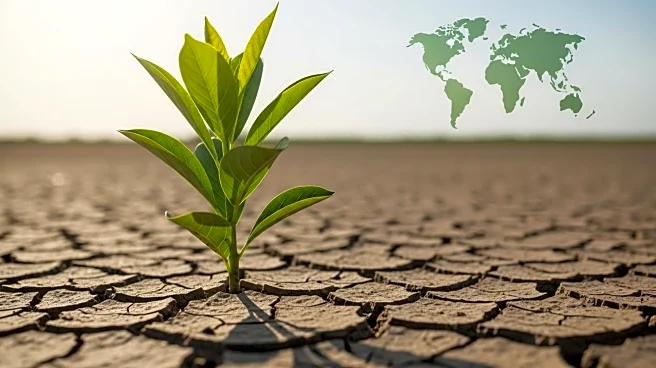What's Happening?
Perfluoroalkyl and polyfluoroalkyl substances (PFAS), often referred to as 'forever chemicals', are synthetic organofluorine compounds that persist in the environment and pose significant health risks. Recent scientific advancements have identified certain microbes capable of transforming or degrading PFAS under specific conditions. These bioremediation strategies present promising, low-impact alternatives for mitigating soil and water contamination, thereby reducing human exposure. The scientific community is actively inviting research submissions to explore methodological and technological advancements in this field, aiming to apply these strategies in real-world scenarios.
Why It's Important?
The persistence of PFAS in the environment has raised concerns due to their potential health impacts, including links to various diseases. The development of bioremediation strategies is crucial as they offer a sustainable and effective method to address contamination issues. This approach not only helps in reducing the environmental footprint of these chemicals but also protects public health by minimizing exposure. The focus on bioremediation reflects a growing trend towards environmentally friendly solutions in chemical management, which could influence regulatory policies and industry practices.
What's Next?
The scientific community is encouraged to submit research papers on bioremediation of PFAS to contribute to the growing body of knowledge in this area. Accepted papers will be published on a rolling basis, providing timely insights into effective strategies for PFAS management. As research progresses, these findings could inform policy decisions and lead to the implementation of bioremediation techniques in contaminated sites, potentially setting new standards for environmental remediation.
Beyond the Headlines
The exploration of bioremediation for PFAS highlights broader ethical and environmental considerations. It underscores the need for sustainable practices in chemical management and the importance of scientific innovation in addressing complex environmental challenges. This development may also prompt discussions on the responsibility of industries in preventing chemical pollution and the role of government in supporting research and implementation of green technologies.










